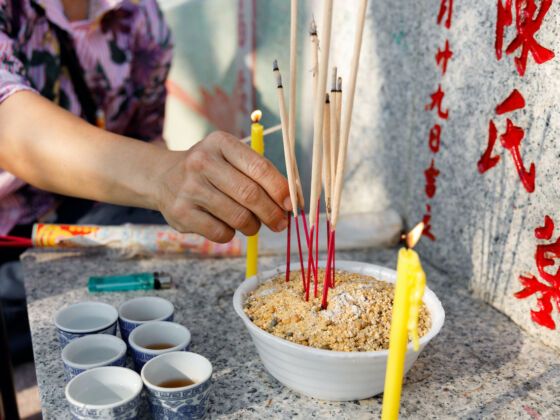Death is a universal experience, but how people acknowledge it is different around the world. Some mourn the passing of life while others celebrate their loved ones’ new journeys. In many cases, food is an important aspect of these rituals and traditions — whether it’s enjoyed by the living or offered to the dead.
This is how different cultures honor the dead with food and drinks.





